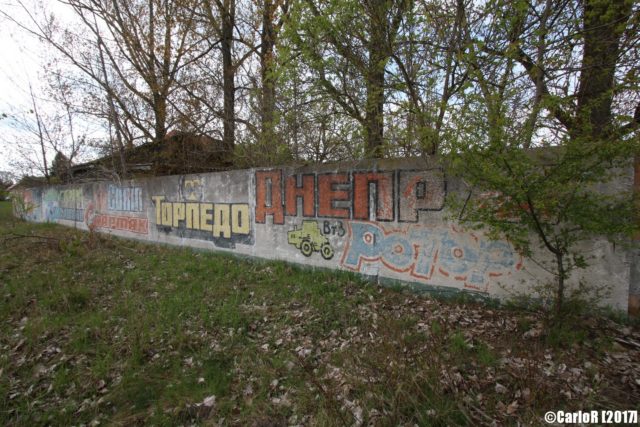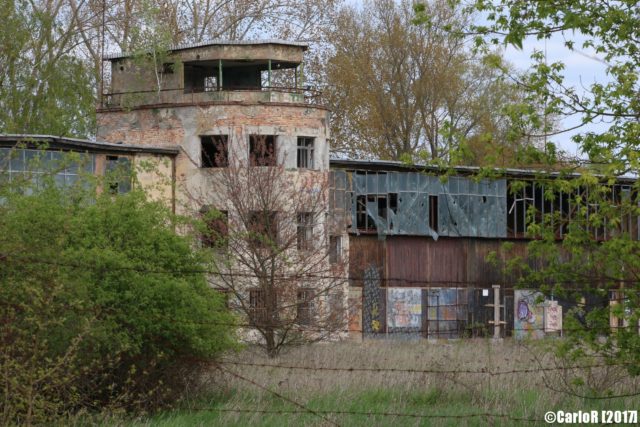The abandoned Rangsdorf airport, not far from Berlin, the capital of Germany, was initially built for civil air sports and to house a flight academy. However, it came to be used as a military airbase during the Second World War, after which it was taken over by the Soviet Union.
The Reich Air Ministry wanted to build a new land and sea airport for aerial acrobatics events as part of the 1936 Summer Olympics. The distance to Berlin, combined with the flat ground, made an area of undeveloped land outside Rangsdorf ideal.
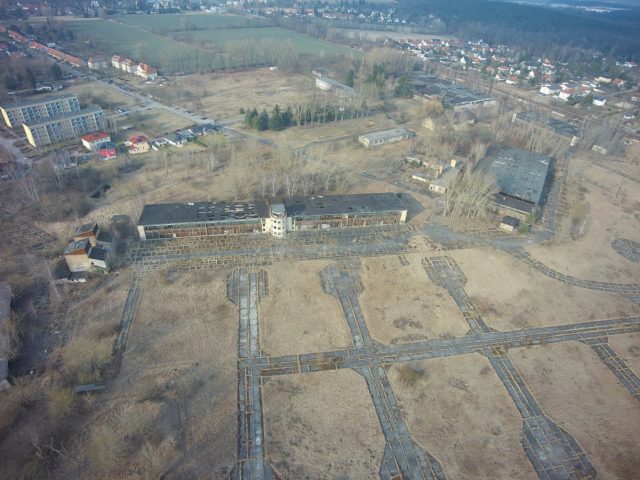
Construction began in 1935 under the supervision of Ernst Sagebel and Herbert Rimple, two leading industrial architects of the Nazi era.
The area was given a further boost when Bücker Flugzeugbau, a company that specialized in designing and constructing sports aircraft, moved its headquarters to Rangsdorf in 1933. Administrative buildings for Bücker were built in the eastern part of the airfield.
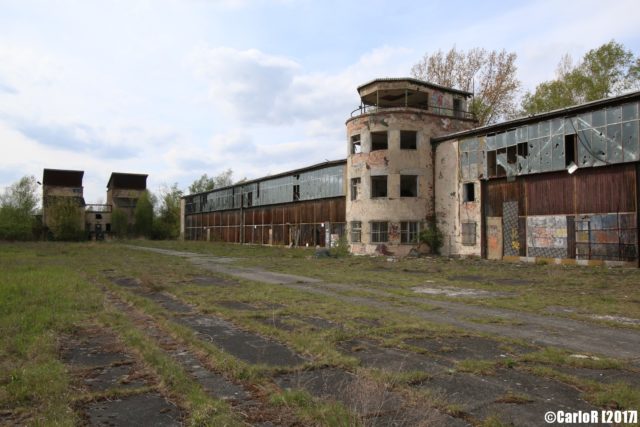
There were three huge halls inside which aircraft were made and tests were carried out. In addition, a sports ground, a guardhouse, and canteens were also included in the layout. There were even houses built for the Bücker employees to live in.
Rangsdorf Airport was officially opened on July 30, 1936, on the eve of the Olympic Games in Berlin. In local newspapers, it was described as the most beautiful sports airport in Germany. During the Olympic Games, this place was used as a sports airport for aerial acrobatics.
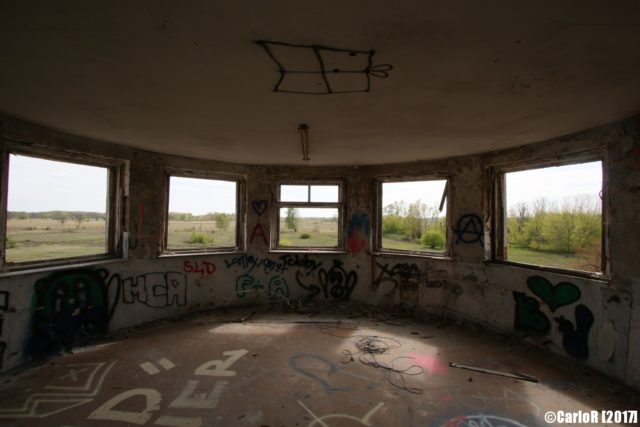
After it was no longer needed as a sport airport, Randsdorf began to handle international flights. At the outbreak of World War II, the Rangsdorf airfield temporarily assumed the functions of the Berlin-Tempelhof airport from October 1939 to March 1940. After that, the airfield became a military airbase.
The Bückner company did not cease producing aircraft during the war. On the contrary, its remit was expanded to include military products as well, such as remote-controlled bombs.
To help Rangsdorf meet the requirements for its new role, additional buildings were constructed under the supervision of Otto Werner, a Berlin architect. These new structures included a special hall for secret military projects which was made from a self-supporting steel frame structure.
Rangsdorf also earned a place in history due to its connection with Claus von Stauffenberg. Together with Werner von Haeften, Stauffenberg took off from Rangsdorf to fly to a meeting in the Wolf’s Lair where he attempted to assassinate Hitler. A plaque on the Rangsdorf airfield commemorates this event.
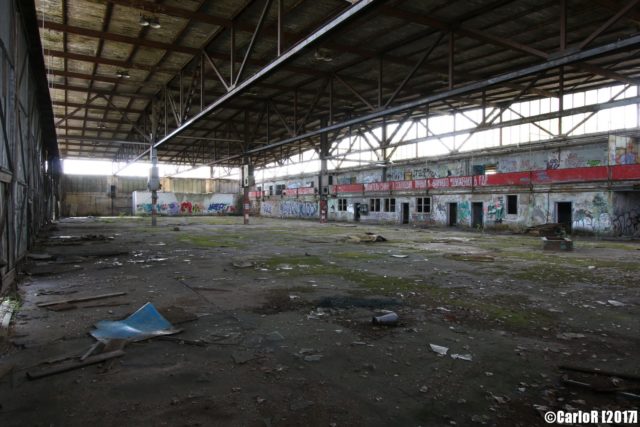
After the end of World War II, the Red Army seized the airfield and its associated factory. Once the troops moved in, the planes, all of the plant inventory, and the three halls were dismantled. The German planes and aircraft parts were confiscated. The Bückner factory closed down.
From April 22, 1945, the airbase was used by the Soviets, particularly the 16th Air Army. Rangsdorf remained a Russian air force base until 1994 when Soviet troops were withdrawn from Germany.
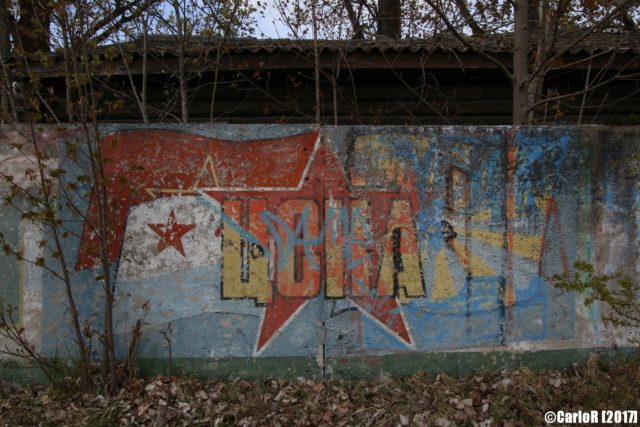
After the Russians left the airfield, an aircraft repair workshop and plant were set up in the buildings. In 1995, the Brandenburg State Office for the Preservation of Monuments acquired the airfield and most of the surviving buildings. The municipality of Rangsdorf retained the Bückner worker residences.
The Rangsdorf buildings were listed as historical monuments. As the center of sports aviation in the German Reich, the complex was considered to have high national and international significance on a historical level as well as an architectural one.
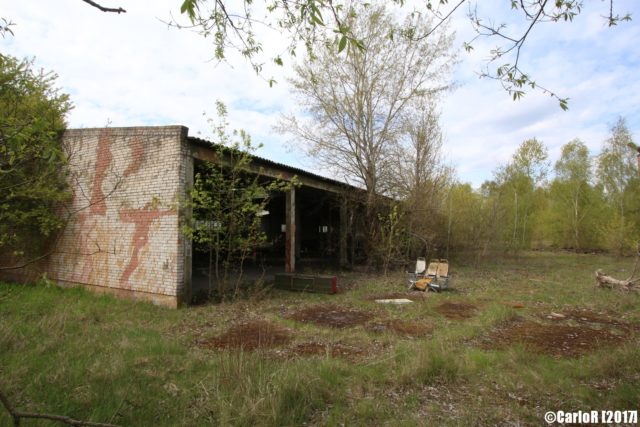
During the Soviet use of the territory, many buildings began to fall into disrepair. This was partly down to weather conditions but also partly due to the constant lack of materials for repair. However, after Ransdorf was abandoned, weather and vandals contributed to the buildings falling further into ruin.
After the Soviet troops left, a lot of furniture was stolen, and the roofs of the halls and utility buildings partially collapsed. Despite being listed, the State of Brandenberg did nothing to try and preserve this piece of architectural history.
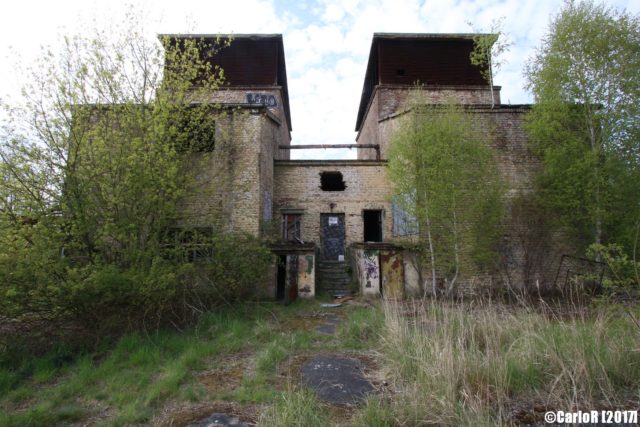
After the sale of the airfield and aircraft factory, some buildings were restored. In 2000, a private maritime school was opened in the former flying club building. A few years later, in 2006, Maja Körner and André Butzer acquired part of the aircraft factory and converted it into a house and an art studio.
In 2018, a new owner acquired the former airfield. The Nuremberg Terraplan Group has plans to transform and rebuild the former airfield into a new residential area with apartments, public amenities, and leisure facilities.
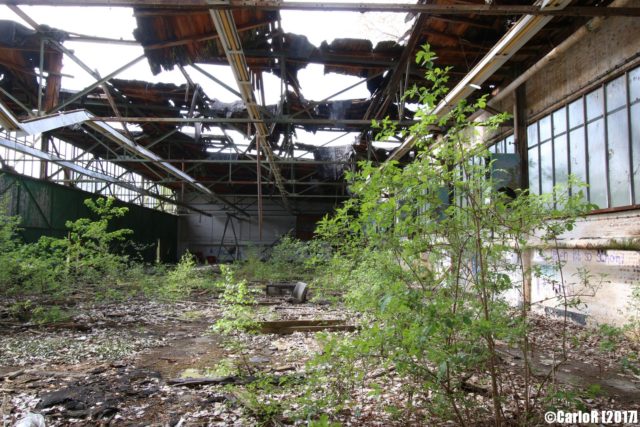
The company has worked on renovating listed buildings and sites before. Rangsdorf’s mayor, Klaus Rocher, is quoted by German newspapers as saying that he’s pleased that someone is now going to renovate the site after years of the airport being ignored by the state.
Terraplan’s project includes constructing about 700 apartments, a large park, a school, a gym, restaurants, and a museum being accommodated in the areas surrounding the airport while the airport itself will be turned into a public park.
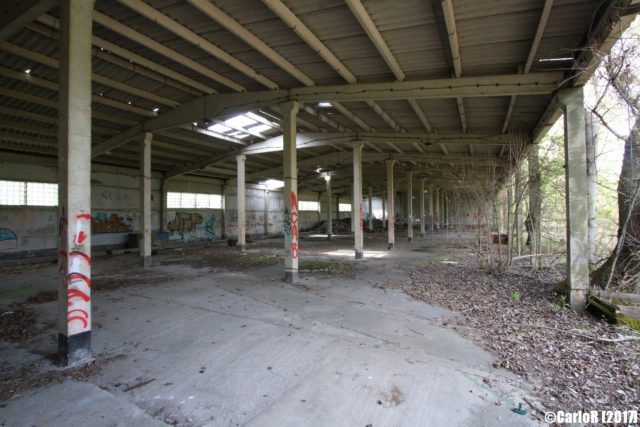
The photographer, CarloR, runs a blog about his travels. He likes to visit places that do not usually fit into typical travel plans. Before each trip, he carefully plans all the details and uncovers as much as he can about the history of his chosen location.
Afterward, he openly shares everything that he has learned as well as his experiences upon reaching his destination.
CarloR also takes many detailed photographs of his explorations and then publishes them in an article. Visit his website and feel free to contact him with any questions about trips you might have.
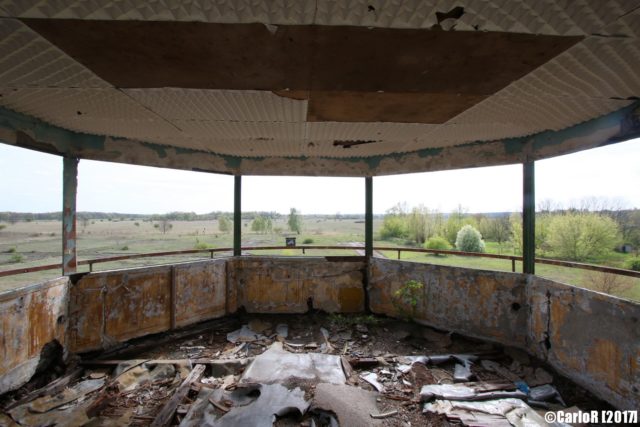
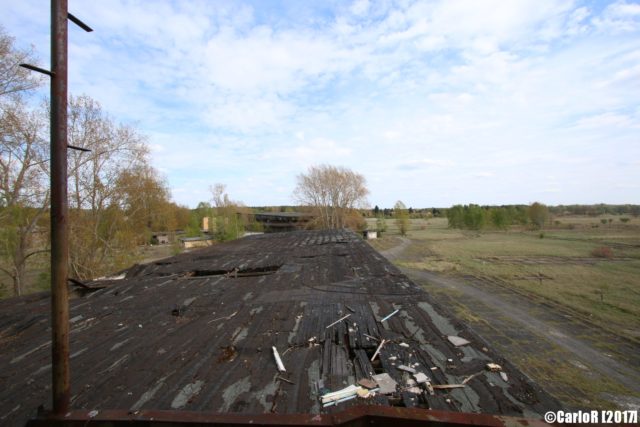
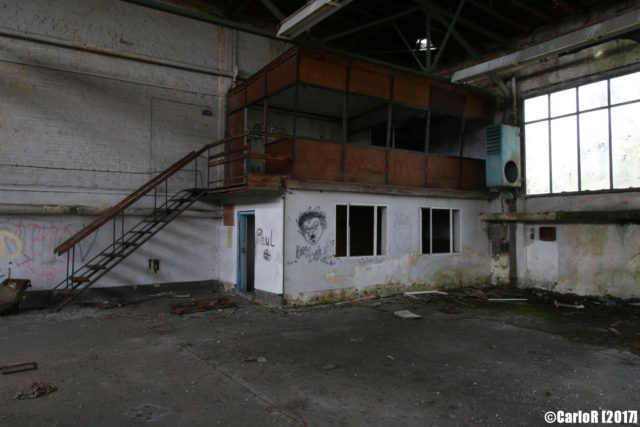
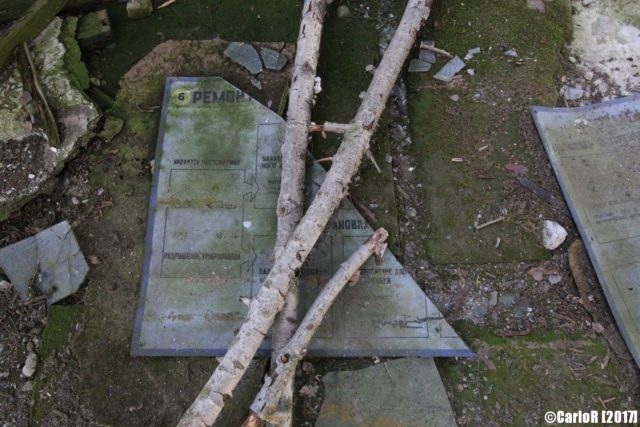
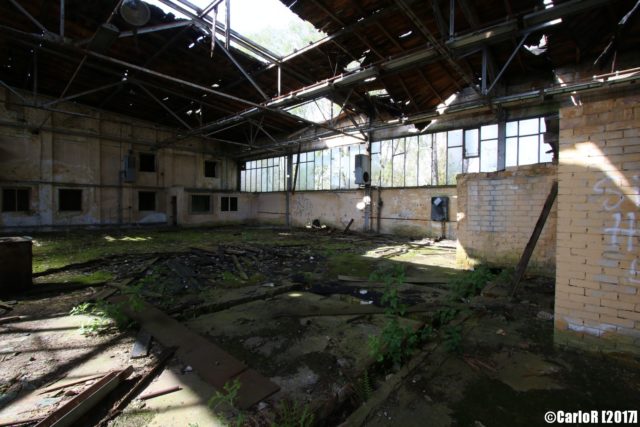
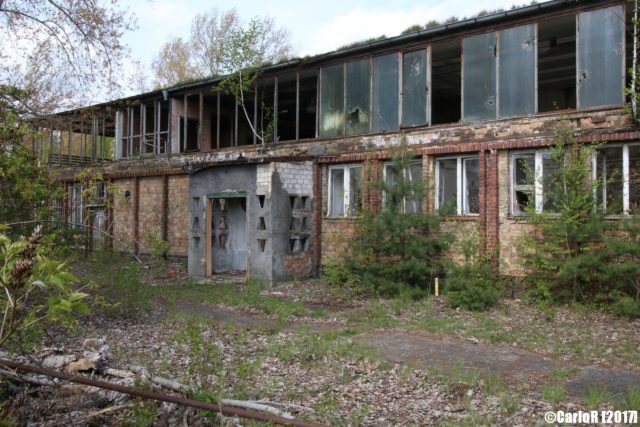
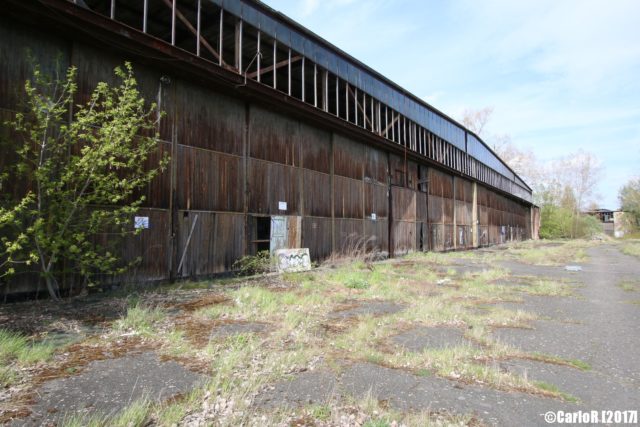
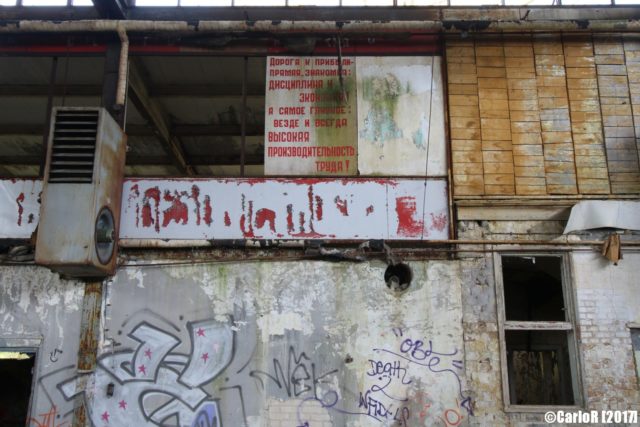
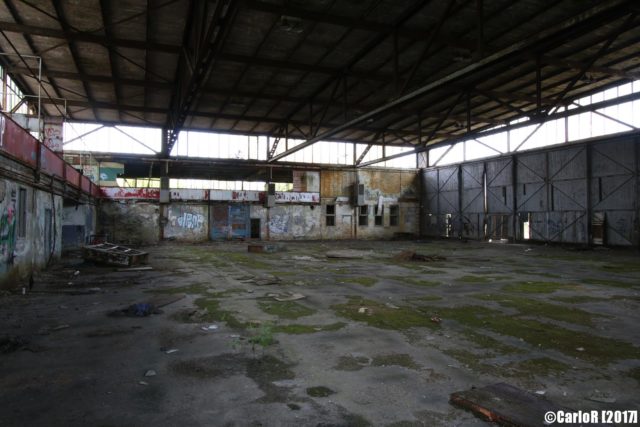
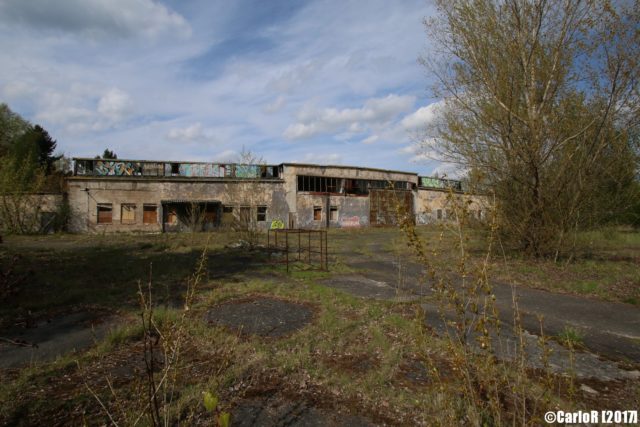
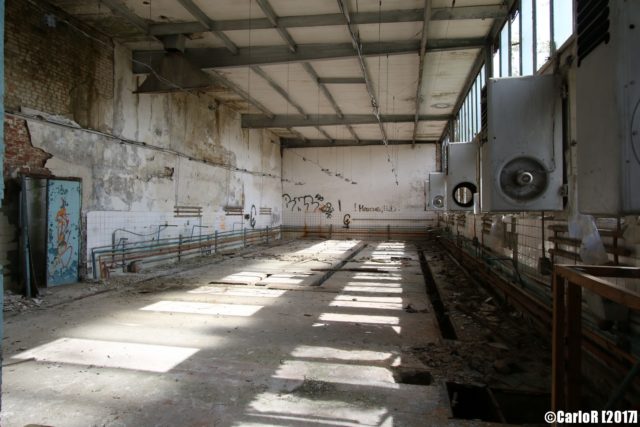
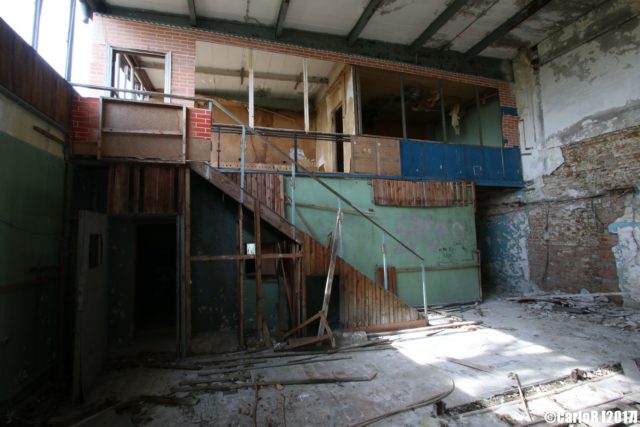
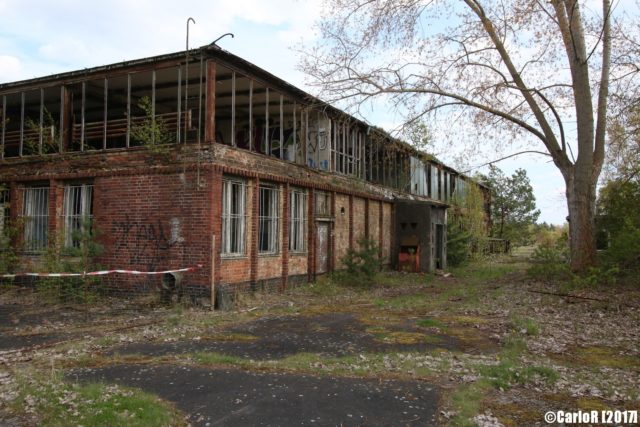
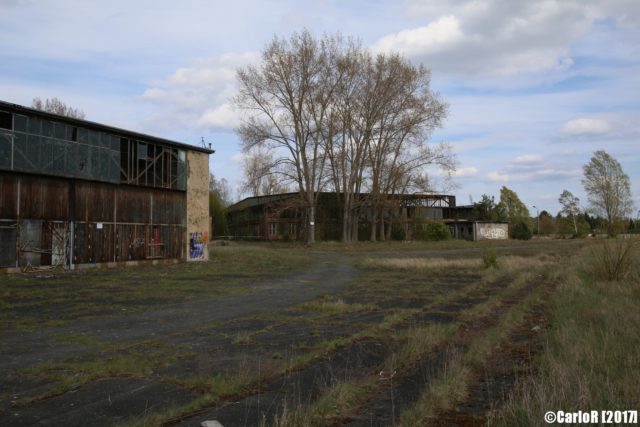
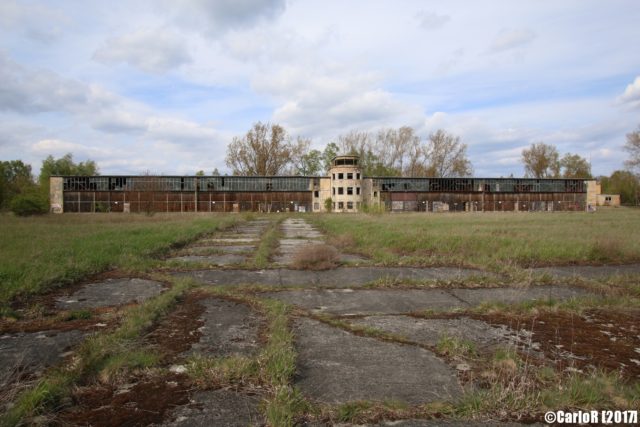
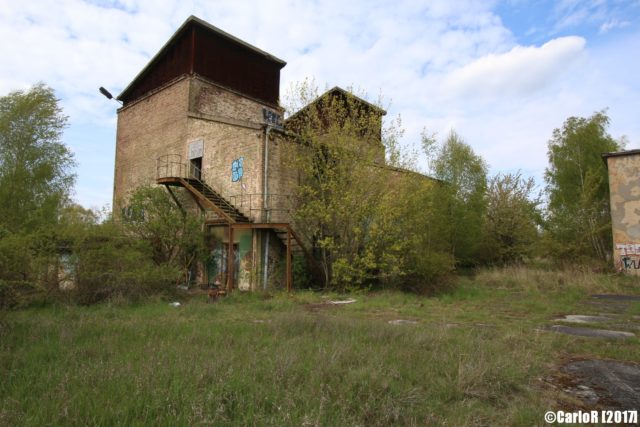
An Abandoned Soviet Nuclear Missile Base
